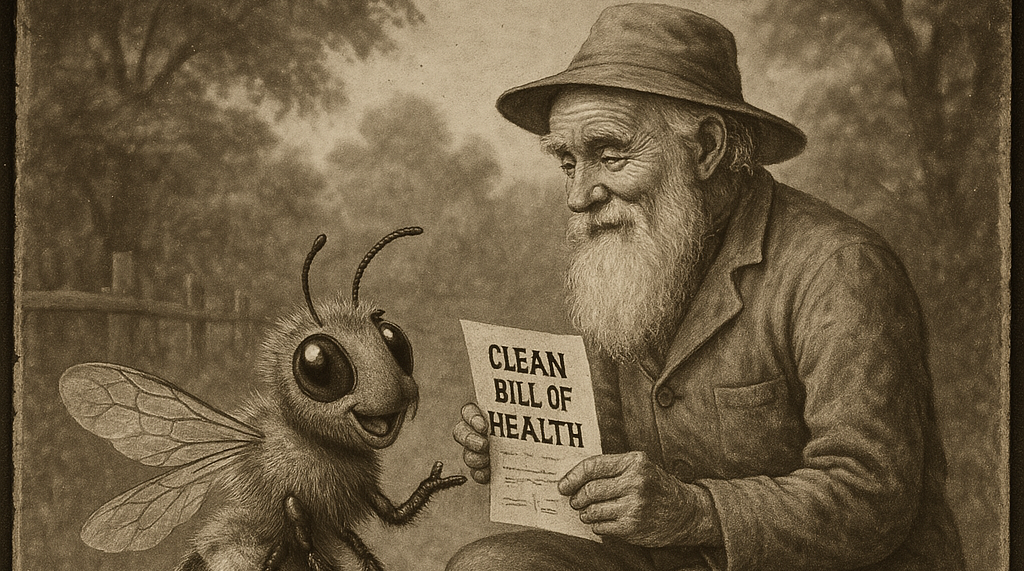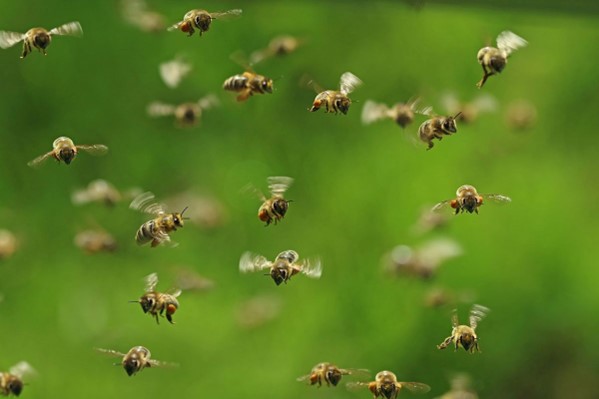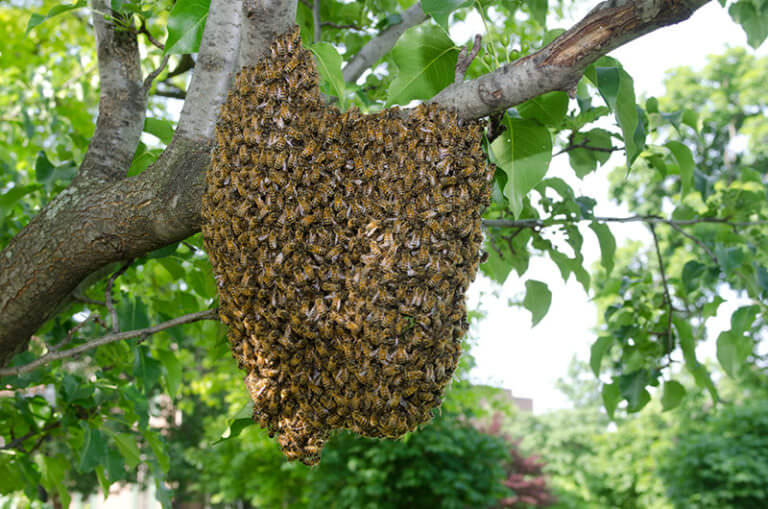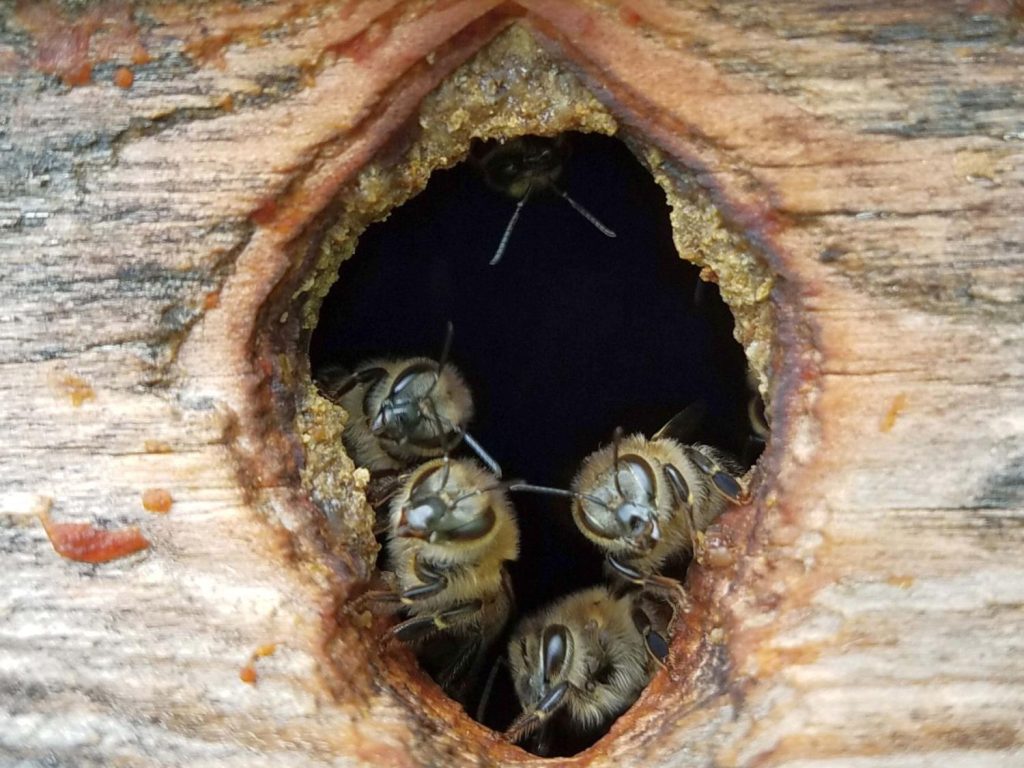Health and Immunity

Honey bees are constantly exposed to contact with many types of pathogens. However, during evolution they developed a number of immune mechanisms. At the individual level, they comprise 1) resistance mechanisms associated with anatomical and physiological barriers of the body, 2) cell-mediated immunity involving immune cells (hemocytes), 3a) congenital humoral (body fluid), and 3b) induced […]
Splits and Emergency Queen Cells

Queens Development All fertilized eggs have the potential to become a queen or a worker, while unfertilized eggs become drones. All eggs hatch into larvae about three days after being laid and all larvae are fed royal jelly exclusively for the first three days after hatching. To be clear the term hatch or hatching is […]
Layens Artificial Swarming: Spring Splits

Winter has hopefully ended for most of us and sadly our spring inspections have found a few dead outs but hope springs eternal because we also see colonies collecting resources and beginning the natural spring cycle of brooding up. So we go ahead and get those dead outs cleaned up and put our valuable frames […]
Understanding Your Local Swarming Process

Introduction Below is a summary of the recent research on swarming and topics surrounding its timing and identification. Research articles are always listed at the bottom of the blog for further details. Just below are two links which contain information gleaned from the research and organized into an approximate execution timeline. Consider downloading these two […]
Solstice Splits

Introduction No matter the style of hive or experience as a beekeeper you likely have heard about a nuc or nucleus colony. Often, it’s regarding purchasing honeybees that come with 4-5 frames of drawn-out comb, honey, brood, worker bees and a queen. These can range from $180 to $200 plus to purchase. What if you […]
Genetic Diversity Matters

History The honeybee originated in the Old World, where it diverged into more than two dozen recognized subspecies. Initial introduction of the honeybee (subspecies A. m. mellifera) to North America occurred in the 17th century and records indicate that another seven subspecies were introduced by 1922, when further importations were restricted. With the notable exception […]